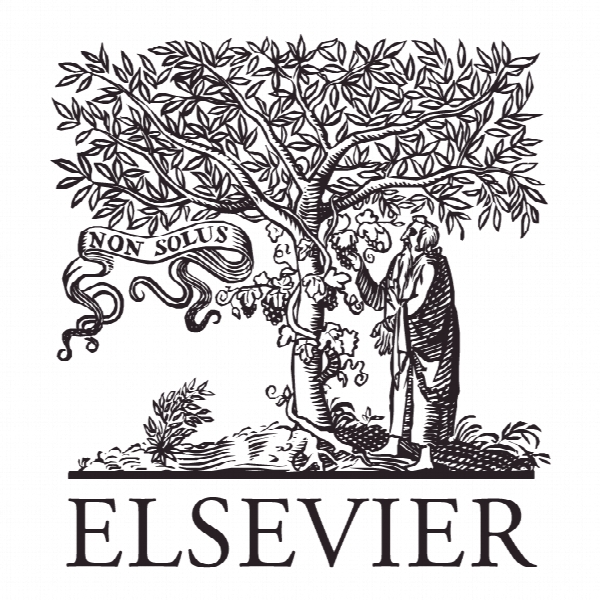پیشگویی موفقیت آمیز سرطان خون وابسته به مغز استخوان حاد: صرفه جویی در زمان Acute myeloid leukemia xenograft success prediction: Saving time
- نوع فایل : کتاب
- زبان : انگلیسی
- ناشر : Elsevier
- چاپ و سال / کشور: 2018
توضیحات
رشته های مرتبط پزشکی
گرایش های مرتبط خون شناسی
مجله هماتولوژی تجربی – Experimental Hematology
دانشگاه INSERM U1065 – Team 4 Inflammation – Cancer – Cancer Stem Cells – Nice – France
منتشر شده در نشریه الزویر
گرایش های مرتبط خون شناسی
مجله هماتولوژی تجربی – Experimental Hematology
دانشگاه INSERM U1065 – Team 4 Inflammation – Cancer – Cancer Stem Cells – Nice – France
منتشر شده در نشریه الزویر
Description
Results and Discussion We analyzed 45 AML samples, 18 of which (40%) could not give rise to leukemic engraftment when injected intravenously into NOD/SCID mice (NS), β2-microglobulin-deficient (B2m(null)) NS or NSG mice [8,14] (Supplementary Table E1, online only, available at www.exphem.org). As reported before by our group [8], we confirm, in this new cohort of patients, a strong negative correlation between potential and patient survival (Supplementary Figure E2A). The newborn NSG model, although described as an even more permissive xenograft assay [15], revealed itself helpless because none of the five nonengrafting (NE) samples tested in this model produced a detectable graft (Supplementary Figure E2B). We first wondered whether intrinsic differences between NE and engrafter (E) mice might be identified to explain engraftment success or failure. We tested the hypothesis of a lower frequency of LICs in the NE samples; however, no differences were observed phenotypically in terms of the proportion of CD34+ or CD34+ CD38− cells when comparing 27 E and 18 NE mice (Supplementary Table E1). Also, similar heterogeneous viability and a similar mean percentage of cells in the G0 or G2/M phases were quantified in both the E and NE groups (Supplementary Figure E1). We questioned if analyzing the bulk AML population might conceal the actual LIC signal. To test this hypothesis, we compared apoptosis level and cell cycle profile in the same sample, between LICs and bulk AML of E samples. LIC phenotype was determined for 10 E samples by assessing the xenograft potential of different sorted fractions (Supplementary Table E1; Supplementary Figure E3, online only, available at www.exphem.org). Heterogeneous LIC phenotype was observed, confirming already published data [7,16,17]. Two samples were even censored because xenograft potential was found in all cytometry quadrants defined by CD34 and CD38 expression. For the 8 remaining samples, the apoptosis level or cell cycle profile was very similar for the LIC enclosing sub-compartment and the entire sample population, suggesting those parameters are surprisingly shared between LICs and the non-LICs (Supplementary Figure E1). When combined, these data suggested that cell phenotype, viability, or cell cycle profiling markers after thawing cannot account for the engraftment defect in NE samples.


